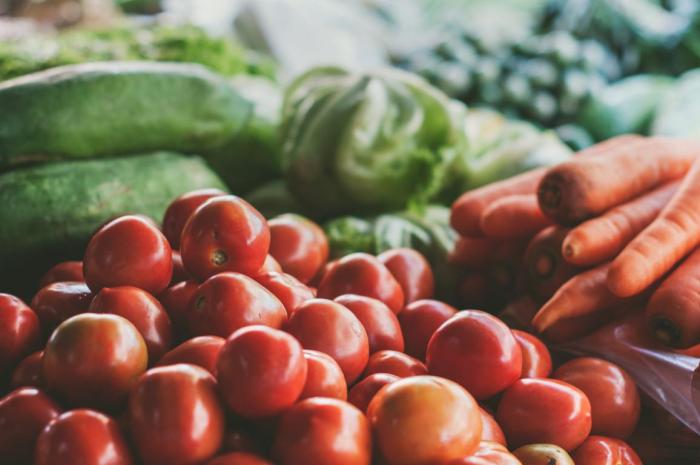
Details
Solution type
This case study is part of a project catalogue produced by ReUseHeat to inspire how to utilize excess heat from urban sources for heating and cooling purposes. The catalogue contains 25 existing or planned projects, 12 of which are Danish and 13 from other European countries.
Description
In 2016, the old vegetable market in Høje Taastrup was replaced by Copenhagen Markets, a new and comprehensive vegetable market with a large cooling demand. Low-temperature heat from district cooling is used to produce district heating.
The local district heating company, Høje Taastrup Fjernvarme, delivers district cooling to the vegetable market through a large joint grid. An electric refrigeration compressor supplies the cooling. Hereby, individual and less efficient cooling systems were replaced by a centralized cooling unit that benefits from economies of scale. Return flow from the district cooling network contains heat, upgraded through a heat pump to supply hot water to the district heating consumers. The overall system takes advantage of co-producing cooling and heating, where cooling cannot be delivered without producing heat.
The system is currently the Nordic Region's most comprehensive district cooling system. Fruits, vegetables and flowers are preserved at optimal temperatures while district heating prices are lowered. The district cooling system displaces old refrigerator units, lowering overall energy consumption and benefiting the environment. The next stage in Høje Taastrup is to expand the district cooling network and add more heat pumps, hopefully increasing the number of consumers. District cooling is an important part of the future urban development for both comfort and process needs, and there is a large potential for district cooling in Denmark.
Facts about the case |
||
| Building type: Vegetable market Cooled floor area: 15,000 m2 Installed cooling capacity: 2000 kW Installed heat capacity: 2300 kW Heat source: Heat from district cooling (16 °C) |
Refrigerator COP: 2.16 Heat pump COP: 3.14 Temperatures: District cooling is delivered at -8 °C, using an extra chiller, and returns at 16 °C. Production: The heat pump contributes with 3% of the total heat consumed in Høje Taastrup. |
Investment cost: €3.36 M Period: Finished in April 2016 Cooling potential: The overall potential is 56 MW. District heating network: 3196 consumers |
Høje Taastrup, Denmark
ReUseHeat, Finished in April 2016
IVL Swedish Environmental Research Institute
External links:
Replicability |
Low |
Medium |
High |
|---|---|---|---|
| Authorizative easiness | x | ||
| Adaptability to different climate conditions | x | ||
| Technology easy-to-implement (No needs of specific technical requirements) | x | ||
| Easy-to-implement (No needs of specific technical requirements) | x | ||
| Easy-to-operate (No needs of specific technical requirements) | x | ||
| Opportunity of integrating waste energy sources | x | ||
| CAPEX needed for the deployment of the solution | x |
